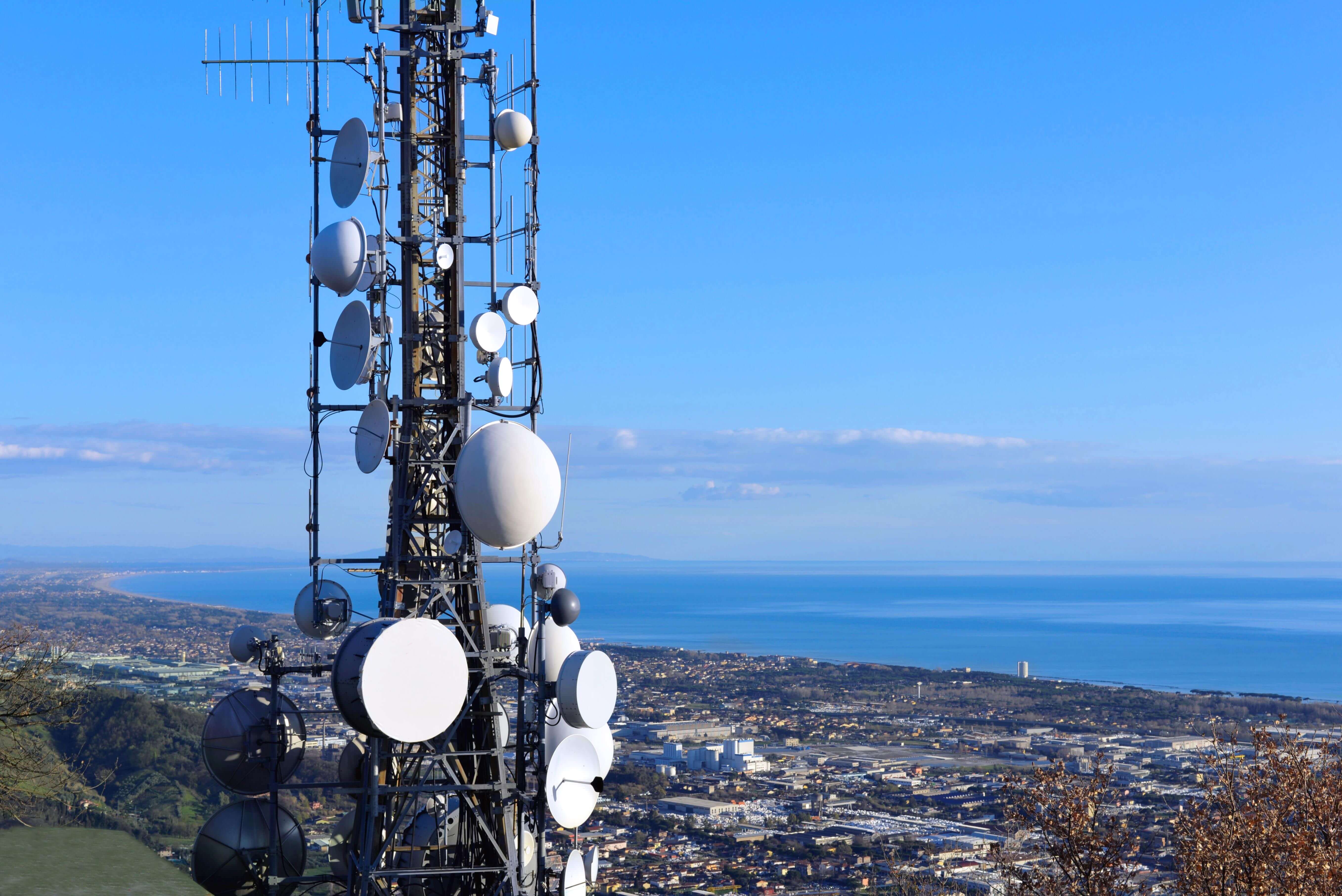If you've ever walked through a city, you may have seen tiny 5G cell towers on street light poles. They look like little boxes, but they're actually broadcasting wireless signals from cellular providers to your phone.
These smaller towers are replacing larger, purpose-built cell towers. Although they're not as visible but they can still create problems for those who live nearby.
A FCC's Radiation Exposure Thresholds
The FCC's Radiation Exposure Thresholds define the safe distance that an individual can be exposed to electromagnetic energy generated by wireless devices. The limits for exposure are based on scientific data which prove that electromagnetic energy can be harmful to human health.
The specific absorption rate (SAR) is a measure of the amount of radiofrequency energy taken up by tissues. It's usually 1.6 Watts per kilogram calculated over one Gram of tissue.
However, because 5g transmits at higher frequencies and has the potential to create more energy on the skin and other exposed body parts. https://collarhub58.bravejournal.net/post/2023/04/27/How-long-Away-From-a-new-5G-Mobile-Structure-For-anybody-who-is can result in many potential harms, including exacerbated appearance of skin disorders like dermatitis, cancer of the skin and cataracts.
Due to the possible severe effects of 5g radiation, PSU has chosen to set a general localized power density limit of 4 mW/cm2 based on the average on 1cm2, and never to exceed 30 minutes for all 5G services at 3000 GHz. This localized limit is in accordance with the highest spatial-average SAR of 1.6 W/kg, averaged over one g of tissue at 6 GHz.
The FCC's Maximum Exposure Thresholds
In the event that you've used cell phone, then you've probably realized that the safest range from the tower is at least 400 meters away. This is because the power of the transmission of cell towers increases drastically the farther you are from it.

While this sounds like a good idea, the reality is that people who live close to towers might be more prone to health issues. For instance, a study conducted in 2014 in India found that residents living within 50 meters of cell towers experienced much more health problems than those living further distance from them.
But, the study revealed that those who relocated into areas farther away from cell towers noticed their symptoms improve within a few days. Another study has revealed that exposure to high amounts of electromagnetic field radiofrequency (EMFs) can lead to brain tumors, cancer, and other health problems.
This is due to the fact that radiofrequency radiation, used in wireless communication, can penetrate the human body's outer layer, called the skin. This is important to understand because the skin serves as a protective barrier against mechanical injury, infection caused by pathogenic microorganisms and the entry of harmful substances. It is also the most important organ of the human body and is responsible for keeping the integrity of other organs.
The FCC's Minimum Exposure Thresholds
The FCC's Minimum Exposure Thresholds rely on numerous assumptions that are not supported by scientific evidence. https://www.theversed.com/members/driversquash61/activity/3559691/ includes the false belief that exposures to RF radiations are not harmful due to minimal penetration into the body (i.e. the heating of tissues).
This also overlooks the more extensive penetration of ELF elements of modulated radio signals and the effects on the body of short bursts from pulsed RF waves. These assumptions are not in line with the current understanding of biological effects of RF radiation, and thus, they should not be relied upon for health-protection exposure standards.
Furthermore there is the fact that both ICNIRP and FCC restrict the maximum limits of exposure to peak local SARs that are based on the peak spatial specific absorption rate (psSAR) which is not a sufficient dosimetric tool to assess the amount of radiation exposure. Particularly https://rodriquez-hahn.hubstack.net/how-far-away-from-some-sort-of-5g-mobile-tower-for-anyone-who-is-1682611057 is inconclusive for frequencies above 6 GHz. Furthermore, psSAR has not been evaluated for RF radiation with co-exposure to other environmental agents such as sunlight. In the event of interactions, RF radiation with other environmental agents could produce synergistic or antagonistic effects. This would result in an increased risk of negative health adverse effects. For instance, exposure to RF radiation along with exposure to sunlight can raise the chance of skin cancer, as well as aggravate other skin conditions like acne.
